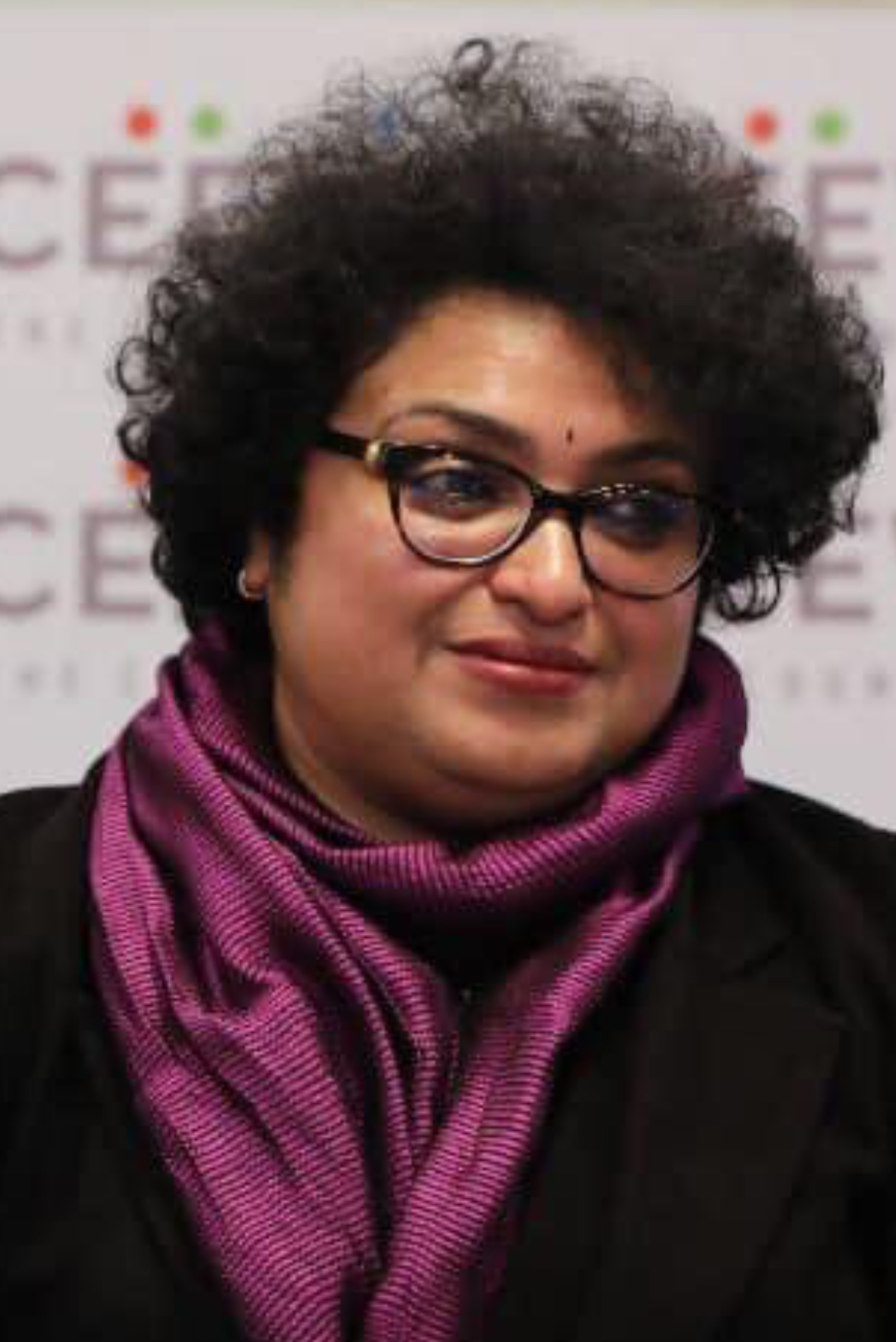India’s recent economic growth with a 7.2 per cent increase in GDP in the Financial Year 2022-23 has created enthusiastic optimism. The GDP growth trajectory has touched $3.75 trillion. In IMF's economic growth estimations, India is the fastest-growing economy in the world. In the post-pandemic growth strategy, this estimate has provided confidence about the Indian economy's growth recovery process through the role of public infrastructure - both digital and physical.
The pandemic has created many "permanent scars" in the global economy. The economic growth recovery to a resilient path has become possible only through sustained coordination between fiscal and monetary policy. While monetary policy focuses on inflation containment, fiscal policy remains accommodative for economic growth recovery. Both cyclical and structural components of the growth process need attention for a sustained growth recovery.
A relook of economic growth estimates for 2020-21 at a -5.8 contraction in GDP during the Covid pandemic is crucial here. Sustained policy coordination has been crucial for bringing back the economy to a steady path after this 'scarring' that happened due to the pandemic. The gross capital formation in the economy through judicious public investment decisions has started bearing fruits. However, the final (real) consumption expenditure is lower than pre-pandemic estimates. An ad hoc surge in demand cannot be celebrated as it is the "pent-up demand" during the covid-19 and it is not sustainable. Though the capital expenditure showed a promising trajectory, the government's consumption slowed down when compared to pre-pandemic times. India's exports grew on an average of 2.6 times more than before the pandemic.
The sectoral analysis of growth reveals that growth in the manufacturing sector has been faster than in services, with export growth recovery. However, contact-intensive sectors like hotels, transport, and communication services have been hit due to the pandemic and require some more time for a robust recovery process. The agricultural sector has revived after the pandemic; the growth is much dependent on monsoons and other climate change-related shocks including El Niño.
It is also important to recall that our growth estimates have plummeted even prior to the pandemic and the economy was operating below full capacity. The revisions in GDP methodology also restrict a robust comparison of GDP growth rates over time. However, despite all the challenges, it is heartening to see the growth numbers in FY23 estimates going beyond all projections and aspirations. The point to be borne in mind is that there are permanent scars inflicted by the pandemic in certain sectors and that will require policy coordination for a robust growth recovery.
Widening inequality with asymmetry in the growth recovery process is yet another significant challenge. The inequality issues in the growth process will be given urgent attention by the government especially when the political economy is compelling here due to the general elections in 2024.
The global economic headwinds are alarming and create downward risks to the economic growth recovery process. The geopolitical risks after the Russia-Ukraine war, energy price volatility due to the formation of cartel prices in the international oil market, the hawkish mode of interest rates by the US Federal Reserve and instabilities in global financial markets are challenges to the sustainable growth recovery process.
The slowing down of the global economy will affect external demand and, therefore, exports. However, a hurried decoupling from the global economy is not a fine solution as protectionism also has its risks.
When we correlate the optimism of economic growth estimates to other macroeconomic fundamentals in the economy, a few concerns are disquieting, for instance in terms of revival in the employment potential after the pandemic and the threats from global inflation after the disruptions of global supply chains during pandemic.
There are geo-political factors and macroeconomic uncertainties that pose risk to sustained economic growth. In this environment, sustainable economic growth recovery requires judicious fiscal and monetary policy coordination. The RBI in its recent policy review has kept the policy rates status quo at 6.5 per cent given the mounting global inflation and to pre-empt the plausibility of capital flight from the Indian economy given the hawkish mode of global central banks. North Block has kept fiscal policy accommodative with high capital expenditure (capex) spending to support the economic growth process. Sustaining the 'animal spirits’, maintaining macroeconomic fundamentals and gaining consumer confidence remain the significant policy mantras that need to be followed.
This was first released as All India Radio Broadcast , Ministry of Information and Broadcasting, Government of India (NSD: AKASHVANI:ALL EXTERNAL SERVICE UNITS) on 15.06.2023: THURSDAY.
Lekha Chakraborty is Professor, NIPFP and Research Associate of Levy Economics Institute of Bard College, New York and Member, Governing Board of International Institute of Public Finance (IIPF) Munich.
The views expressed in the post are those of the authors only. No responsibility for them should be attributed to NIPFP.

